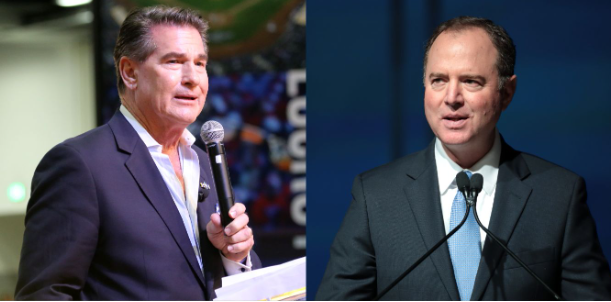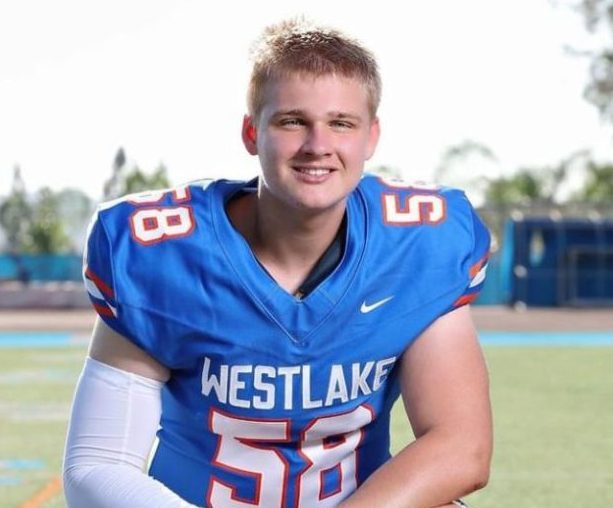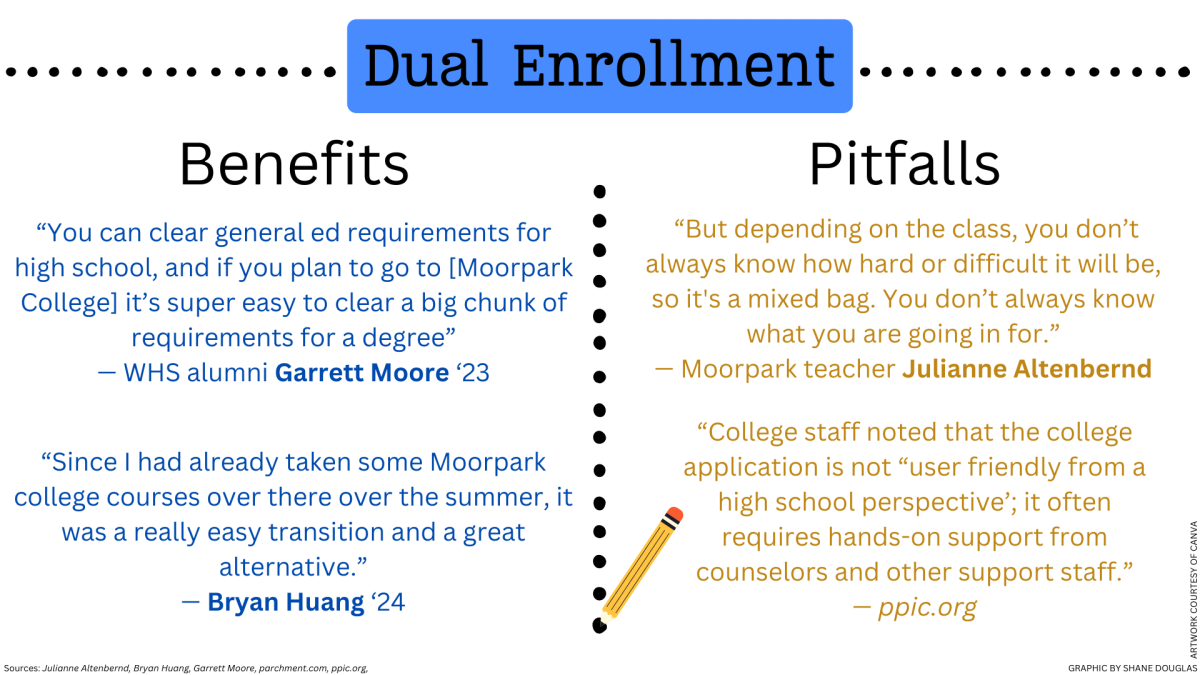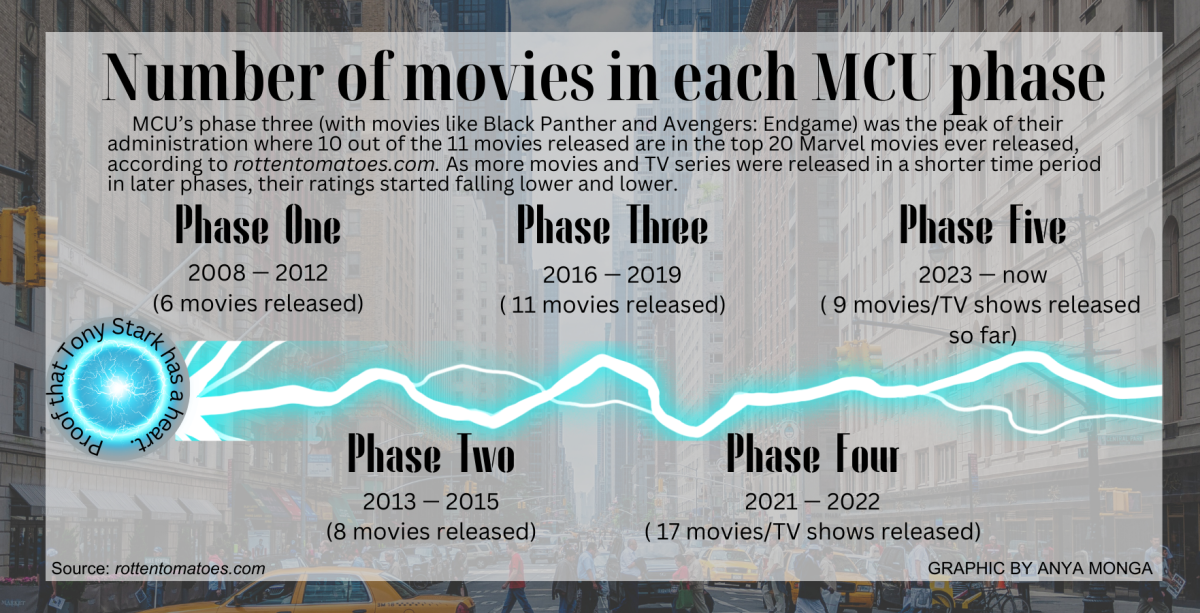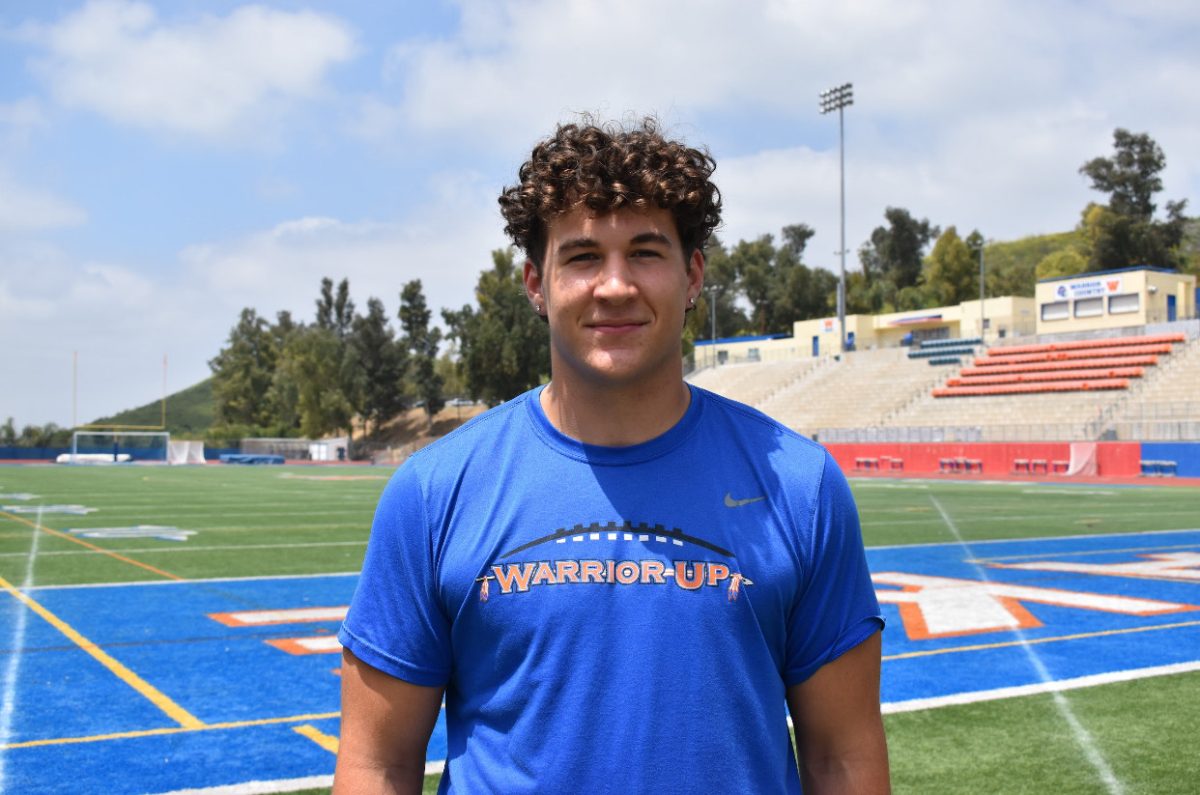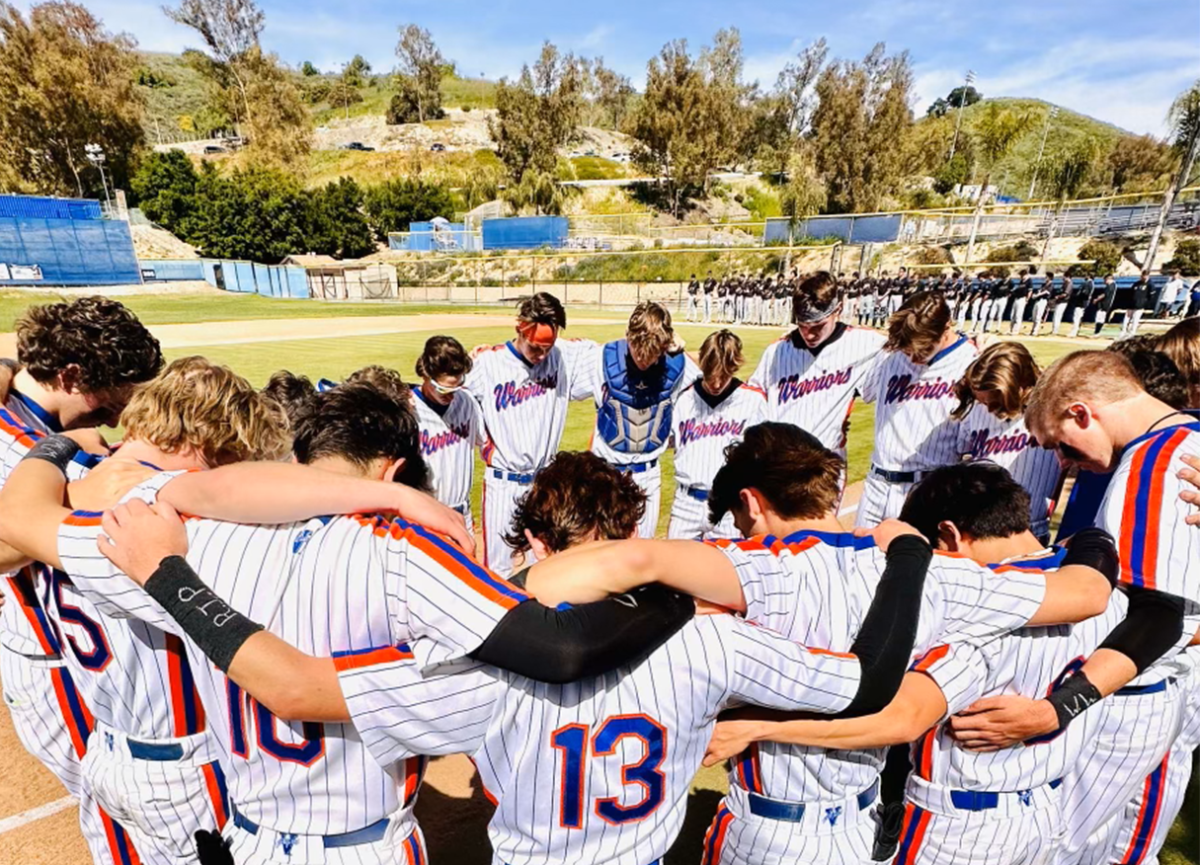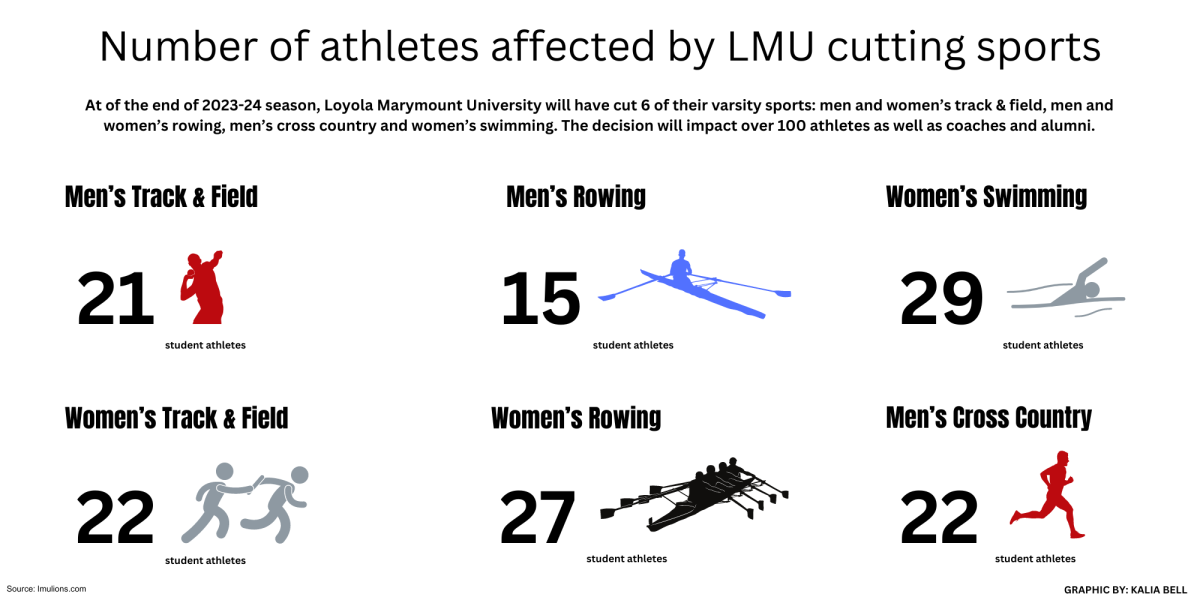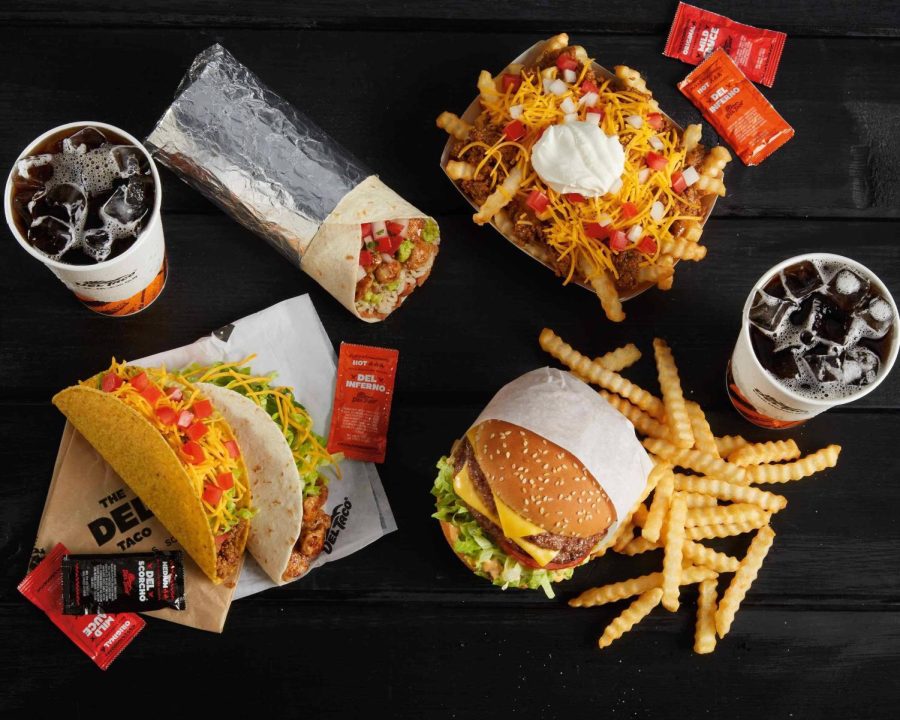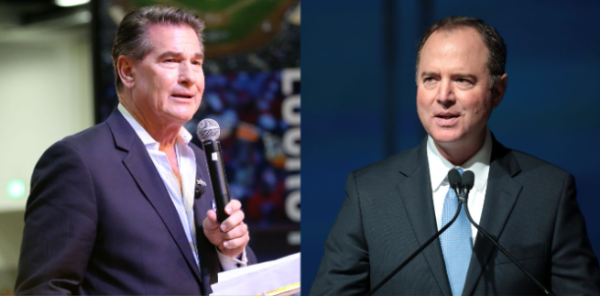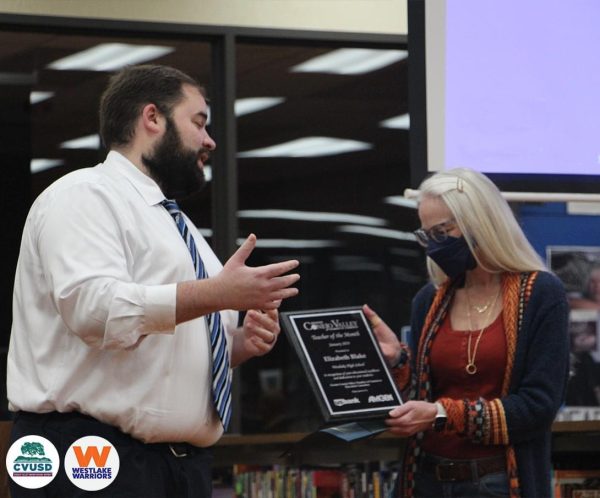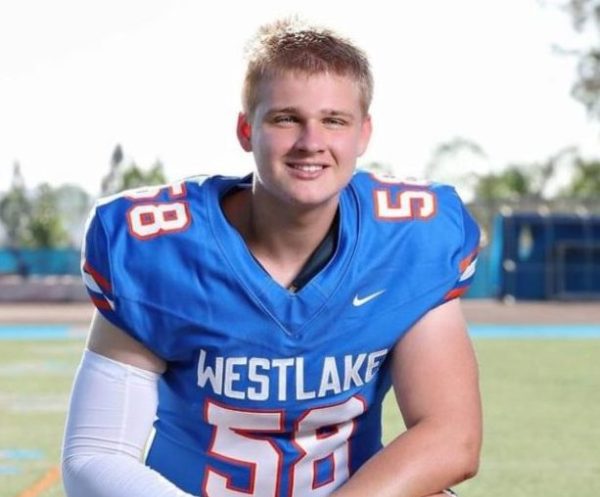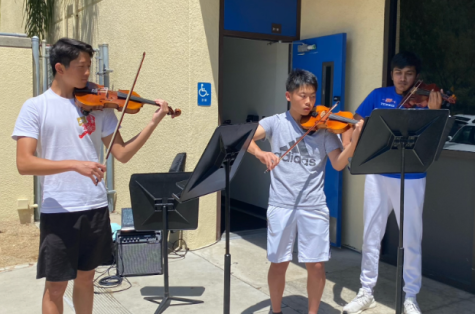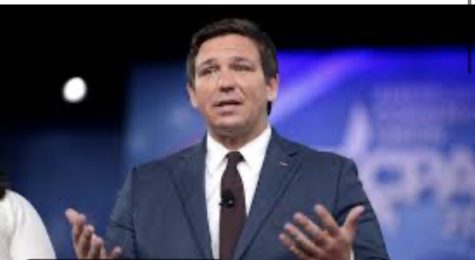WHS adopts new food delivery policy
NOT SO NUTRITIOUS: Popular foods among teens often include unhealthy options such as hamburgers, fries, tacos and sodas. Delivery services can bring these foods from restaurants to students in a number of minutes.
Principal Jason Branham sent out a digital Weekly Warrior Update on Feb. 12, 2023 informing students, parents and guardians that food delivery services are no longer allowed on campus.
Branham stated in the email that this new rule is “in accordance with [the] CVUSD Wellness Policy” and that although students on campus cannot receive outside food from paid services, “parents [and] guardians are still allowed to bring food for their child to school.”
These paid services include but are not limited to popular delivery programs such as Doordash, Uber Eats and Grubhub.
“In CVUSD as a whole, we have a Board Policy … related to student wellness,” said Branham. “This policy talks about a lot of things, but specifically … it has nutritional guidelines for foods available at school.”
This Wellness Policy helps support and reinforce a “coordinated school health system” and a “healthy school environment.” It offers sections on environmental safety, health examinations, CVUSD’s nutrition program and more.
“Nutritional standards adopted by the district for all foods and beverages sold, or provided to, students … shall meet or exceed state and federal nutritional standards,” according to the CVUSD Wellness Policy.
Although food delivery services are not directly served to students, they are an option for students on campus and do not meet these nutritional requirements for high schoolers.
This concern was brought up at a board meeting by Virginia Beck, CVUSD Director of Child Nutrition. After a discussion regarding the interpretation of the Wellness Policy, the ultimate decision was made to not allow food delivery services while students are on campus.
“With some of the delivery services, what students choose to order may not always meet those nutritional guidelines,” said Branham. “In particular, it says ‘provided,’ so if we’re allowing students to have those outside vendors bring food, then that’s kind of like us allowing or providing that food to the students.”
Since WHS’s neighboring schools, Newbury Park High School and Thousand Oaks High School, both have fences around their campuses that only allow entry through main offices, food delivery was banned due to office staff having to facilitate so many vendors on a daily basis.
“The increase in school deliveries can also place an added burden on office staff members who are often already stretched in their duties,” according to Amelia Harper with k12dive.com. “Receiving deliveries and then contacting students or teachers about them is too distracting and time–consuming, and food drop–offs can disrupt classrooms when they are delivered late.”
Since WHS has more entrances and no fences restricting access to campus, vendors did not provide much of an issue in terms of arriving and delivering food. Instead, the choice to ban food delivery was due to the district’s nutritional guidelines and protocol.
“I appreciate the students,” said Branham. “I made an announcement and sent home an email, and everybody’s followed suit. I appreciate people understanding [the new policy] and following it … But again, if parents or family members want to bring food, they’re more than welcome to do so. It’s just not the outside vendors.”
Your donation will support the student journalists of Westlake High School. Your contribution will allow us to purchase equipment and cover our annual website hosting costs.

she/her
Hi! My name is Vivian, and I’m Co–Editor–In–Chief of The Arrow. This is my third year on the staff, and last year, I was Web–Editor–in–Chief...
